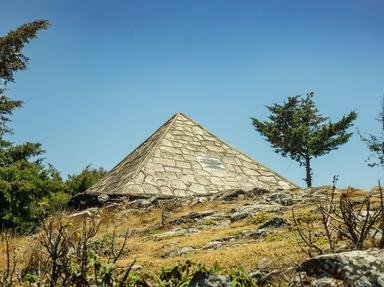
Locating Burundi Trivia Quiz
Burundi is one of Africa's smallest countries, and also one of the world's poorest. Do you know where it is on the continent, and what are some of its prominent geographical features?
A label quiz
by reedy.
Estimated time: 4 mins.
- Home
- »
- Quizzes
- »
- Geography Trivia
- »
- Africa
- »
- Burundi
